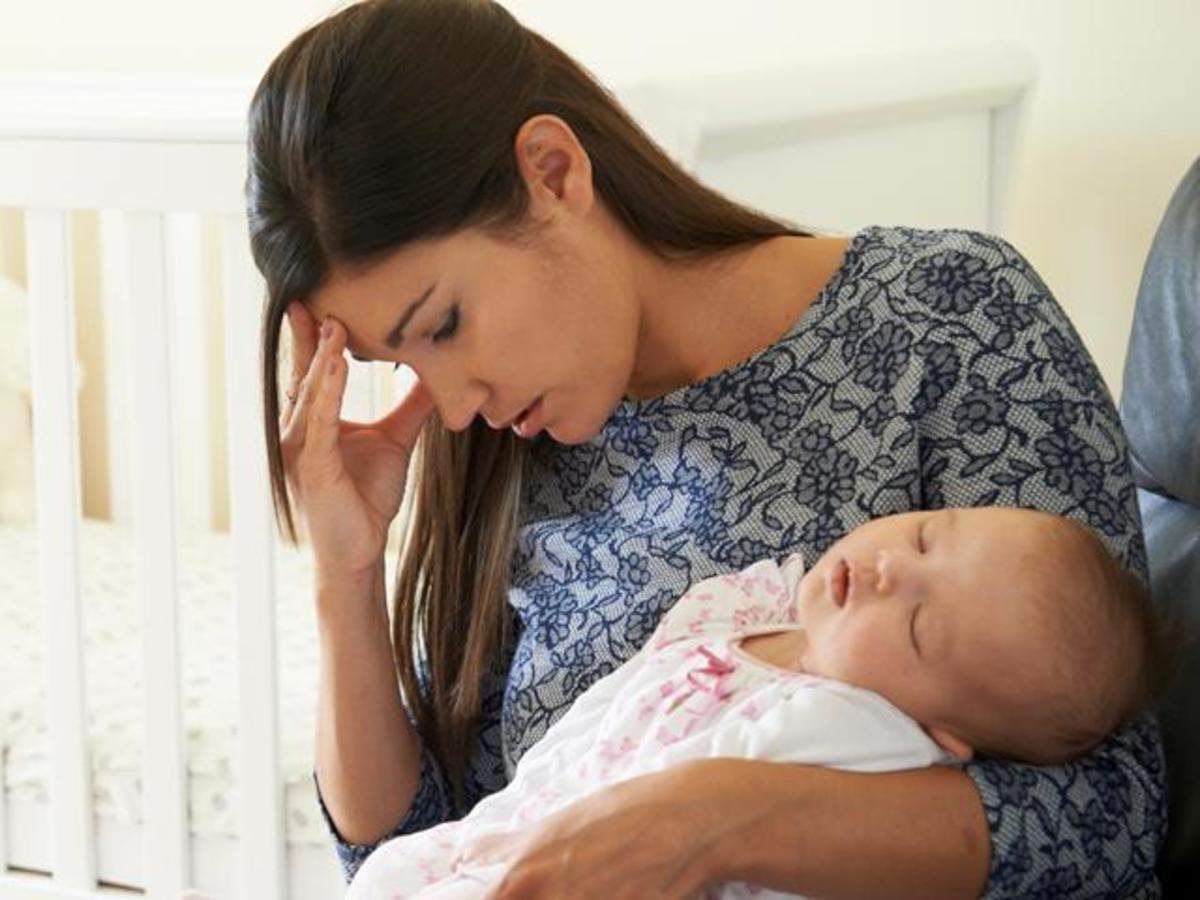Caring For Your Adolescent: Contraception

As a parent of an adolescent, you are in the best position to talk with your child regarding the importance of informed and healthy choices regarding their behaviors, including those around sex. The American Academy of Pediatrics (AAP) and your pediatricians recommend you discuss abstinence (not having sexual intercourse), as well as reliable contraception and condom use to prevent sexually transmitted infections (STIs) before your adolescent prepares to become sexually active. The data are clear: almost 25% of female high school students in the U.S. are sexually active. Of these, less than one-third are using an effective method of birth control, and less than one-half are using a condom. The risk of unintended pregnancy over the course of one year in couples who do not use any method of contraception is approximately 85%. Prevention of unintended pregnancy using effective contraception in sexually active adolescents is therefore paramount. Your willingness to discuss, sanction and provide access to contraception removes many of the barriers to your adolescent obtaining birth control.
There are many factors for the adolescent and engaged parent to take into consideration when choosing the best contraceptive method. These include effectiveness, the reality of compliance, and potential side effects given the underlying health of the adolescent and family. For most adolescents, the benefit of any method of reversible contraception outweighs potential risk, though absolute contraindications to hormonal birth control do exist and will be discussed.
Here is the landscape of available contraception.
- Long-acting reversible contraceptives (LARC) are the most effective reversible methods of contraception. The pregnancy rate is <1 percent per year in typical patients using this method, and fertility returns quickly after removal. LARC devices are inserted into the uterus (intrauterine devices, or IUDs), and once in place, do not require any action on the part of the adolescent. These are considered first-line options for adolescents by the AAP. LARC options include the non-hormonal copper IUD (e.g. PARAGARD), and the hormonal IUD (e.g. MIRENA) which releases the progestin hormone levonorgestrel. Contraceptive effects of the copper IUD last 10+ years, and contraceptive effects of the hormonal IUD last from 3-5 years. Noncontraceptive benefits of the hormone-releasing IUDs may include reduction in heavy menstrual bleeding, menstrual discomfort, as well as suppression of menses. Possible side effects of the copper IUD include cramping and spotting. Possible side effects of the hormonal IUD include headache, acne, breast soreness, mood changes, and irregular bleeding. The only contraindications of using IUDs for long-acting contraception include severe distortion of the uterine cavity, active pelvic infection, known or suspected pregnancy, Wilson disease (for the copper IUD), and unexplained vaginal bleeding.
- Contraceptive implant is another type of LARC. It is a single flexible plastic rod placed under the skin of the upper arm, which releases the hormone etonogestrel to prevent ovulation (e.g. NEXPLANON). Contraceptive effects last up 3-5 years. It is an attractive option for adolescents who desire long-term, uninterrupted birth control, and once placed, requires no action on the part of the adolescent. The implant is as effective as the IUD, with pregnancy rates < 1% per year. Possible side effects include spotting, weight gain, headache, nausea, and breast pain (side effects diminish over time). The contraindications of using the contraceptive implant include known or suspected pregnancy, abnormal vaginal bleeding, and lupus.
- Depot medroxyprogesterone acetate (DMPA)(DepoProvera) is an injectable hormonal (progestin-only) contraceptive that provides effective, reversible contraception for three months. Noncontraceptive benefits of DMPA include protection against ovarian cancer and endometrial cancer, ectopic pregnancy, benign breast disease, acne, and iron deficiency. The pregnancy rate is around 5% per year in typical patients. Possible side effects include weight gain, menstrual changes, headache, dizziness, acne, breast swelling, and changes in mood and libido. Adolescents using DMPA, whose reproductive plan includes pregnancy, ought to know that fertility may be delayed for more than a year following its use for contraception. Though unlikely in adolescents, contraindications for using DMPA include multiple risk factors for cardiovascular disease (smoking, diabetes, high blood pressure, high cholesterol) and lupus. Sides effects of DMPA may include unscheduled bleeding and decreased bone mineral density (reversible).
- Oral contraceptive pills (OCPs) have been FDA-approved for use for over 60 years. Currently, there are three different types of OCPs available on the market: the combination pill (estrogen and progestin, e.g. YAZ and LOESTRIN, used for 21 or 24 days depending on the brand), the progestin-only pill (norenthindrone e.g. MICRONOR, and norgestrel e.g. OPILL, used for 28 days), and the continuous use pill (estrogen and progestin, e.g. SEASONIQUE and LYBREL, used continually for 84 days or up to 365 days). The pregnancy rate with these methods is about 5% per year in typical patients. Oral contraceptive pills require the adolescent to take a pill daily and to remember to refill their prescription. The progestin-only pill needs to be taken at roughly the same time every day, has no hormone-free interval, and its main side effect is irregular bleeding and spotting. Noncontraceptive benefits of the progestin-only pill include reduced bleeding and less painful periods, and they are safe for people with high blood pressure, migraine, and those at risk for blood clots (see below). Noncontraceptive benefits of combined hormonal contraception include improved bone density and protection against ovarian cancer, endometrial cancer, ectopic pregnancy, benign breast disease, ovarian cysts, acne, PMS and premenstrual mood disorders, and iron deficiency. Possible side effects of the combined OCP include breakthrough bleeding, nausea, headaches, abdominal cramping, breast tenderness, increased vaginal discharge or decreased libido. Nausea can be avoided by taking the medication at night before sleep. Contraindications for using combined OCPs include multiple risk factors for cardiovascular disease (smoking, diabetes, high blood pressure, high cholesterol); migraine with aura; known mutations that predispose to blood clot formation; and lupus. FYI: OPILL is the only FDA-approved, daily oral contraceptive, progestin-only, now available over the counter (without a prescription), without age restriction, in stores and online.
- Transdermal contraception patch is a combined hormonal patch, containing both estrogen and progestin (ethinyl estradiol and norelgestromin, e.g. XULANE, or ethinyl estradiol and levonorgestrel, e.g. TWIRLA). It is applied weekly to the skin (at a different site) for three weeks, followed by a patch-free week (during which menstrual bleeding occurs). The contraception patch requires the adolescent to follow careful instructions in applying the patch, remember to change it weekly, and refill their prescription in a timely fashion. The pregnancy rate is around 5% per year in typical patients. Nonhormonal side-effects of the contraceptive patch include application site reactions (itching, irritation, redness) and true allergic reactions. In addition to the general contraindications for estrogen-progestin contraception described above, obesity (body mass index BMI >30 kg/m- or ≥95th percentile for age) is a contraindication for transdermal contraceptive patches: there appears to be decreasing patch effectiveness with increasing BMI, and there may be an increased risk of blood clots.
- Vaginal contraception ring is a vaginal ring (e.g. NUVARING) that has combined progestin and estrogen hormones (etonogestrel/ethinyl estradiol) that prevents ovulation. It is inserted into the vagina, left in place for three weeks, and removed for a single ring-free week (during which time menses occurs). The pregnancy rate is around 5% per year in typical patients. Adolescents who choose the vaginal ring must be comfortable self-inserting it into the vagina. Noncontraceptive benefits include lighter periods, improved cramps, and reduced acne. Side effects may include headaches, nausea, vaginal discharge, breast tenderness. Contraindications are similar to the combination OCP.
- Condoms are made of latex or synthetic material, designed to fit over the penis, and prevent introduction of sperm and ejaculation fluid into the vagina. Condoms are effective for pregnancy prevention and protection against STIs, as long as they are used properly. (NOTE: Natural fiber condoms will not provide protection against STIs.) With consistent and correct use of condoms, the pregnancy rate is around 2% per year, though with typical use, it is estimated to be about 15% per year (increased rate due to slipping off, breaking, etc).
- Other barrier methods include diaphragms, cervical caps, and sponges, though they are less effective (pregnancy rates 15-20% per year), they require conscious action of the part of the adolescent and/or partner at the time of sexual intercourse, and they do not protect against STIs.
- Contraceptive gel and spermicides are gels, creams, or foams applied inside the vagina before having sex. They contain chemicals that are toxic to sperm. They have no hormonal side effects, though they are less effective in preventing pregnancy than all the other methods discussed (pregnancy rates 20% per year), and they do not protect against STIs.
- Emergency contraception (EC) refers to an immediate intervention that prevents pregnancy from occurring after an episode of unprotected intercourse. Unprotected intercourse can be a result of contraception misuse, nonuse, or can result from forced sexual activity. EC is recommended within 5 days of unprotected sex. The available types of emergency contraception are the hormone ulipristil acetate 30mg x1 dose (e.g. ELLA), the hormone levonorgestrel 1.5mg x1 dose (e.g. PLAN B ONE STEP, available over the counter without a prescription), combined OCPx 2 doses over 12 hours, and emergency insertion of the copper IUD. Side effects from the use of EC pills are similar to those of oral contraceptive pills, such as nausea and vomiting, slight irregular vaginal bleeding, and fatigue.
In addition to the use of contraceptives for birth control, there are medical conditions for which OCPs may be indicated. These include heavy menstrual bleeding, painful periods, iron deficiency anemia, irregular menstrual bleeding, acne, and polycystic ovarian syndrome (PCOS). Special circumstances in which contraception may be indicated include adolescents with physical or intellectual disability, for whom menstrual hygiene and menstrual discomfort may be challenging. For such adolescents, hormonal contraception (e.g. levonorgestrel -releasing IUD, DMPA, the contraceptive patch, or continuous or extended cycles of combined oral contraceptive pills) may be beneficial.
We are here for you. Reach out on the portal or schedule an appointment with your adolescent to come see us in the office to discuss contraception options . Here are some additional resources and community partners that are available to you:
Memorial Healthcare Adolescent Gynecology Dr. Elba Iglesias 954-265-1460
Omega Women’s Care Gynecologist Dr. Brooke Slaton 954-755-1411
Gynecologist Dr. Lona Sasser 954-340-1050
Contraception Explained: Birth Control Options For Teens & Adolescents
Bedsider Birth Control Support Network
Center for Young Women's Health
Planned Parenthood | Official Site


























